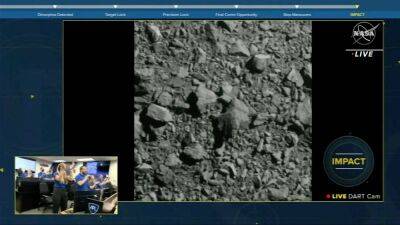Ethereum: Assessing every nook and cranny of PoS network since merge
Described by Glassnode as the “most impressive feats of engineering in the blockchain industry,” the final transition of the Ethereum network from the consensus mechanism of Proof-of-Work (PoW) to Proof-of-Stake (PoS) occurred on 15 September.
On 15 September at 06:46:46 UTC, the last PoW mined block was produced at Ethereum blockheight 15,537,393, following which the merge was completed.
With the Ethereum network functioning on a PoS consensus mechanism, new metrics to assess the performance of the all-new chain have been implemented by the on-chain analytics platform, Glassnode.
Let us take a look at the performance of the PoS network since the merge.
It is common knowledge that the transition into a PoS mechanism brought an end to mining on the Ethereum blockchain. To replace miners, a pool of validators was introduced.
These validators are automatically organized into sets of committees and block proposers for each 32-slot Epoch. A validator in a committee is charged with the duty of producing blocks for each 12-second slot.
In some instances, this block-producing validator may be unavailable at the time, resulting in a Missed Block. The count for missed blocks on the PoS network rose to a high of 104 following the merge on 16 September.
However, it has since dropped, and as of 19 September, only 69 blocks were missed.
Source: Glassnode
Glassnode found that two weeks before the merge, the participation rate on the Beacon Chain suffered a slight decline and fell below the typical 99% to be pegged at 97.5%.
However, this rebounded following the merge and was pegged at 99.059% at press time.
Source: Glassnode
Further, as mentioned above, the PoS chain’s validators are grouped into committees and block proposers for each
Read more on ambcrypto.com


















![Assessing the odds of Polkadot’s [DOT] rally this week - ambcrypto.com](https://finance-news.co/storage/thumbs_400/img/2022/9/27/42527_kw9.jpg)





